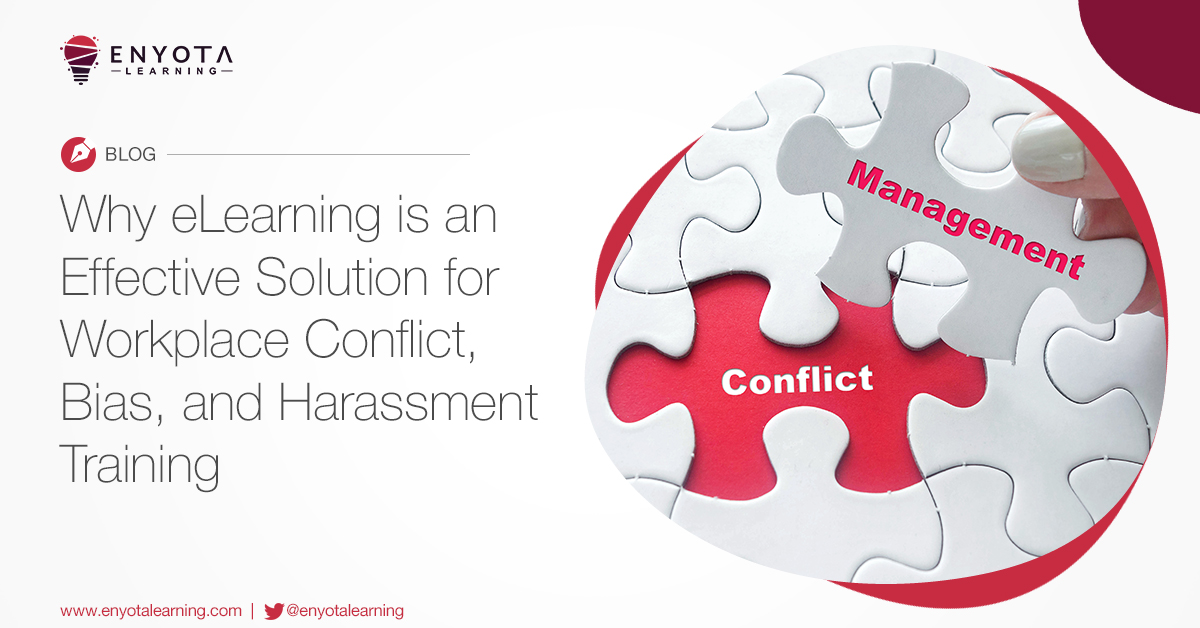In 2025, organizations are reimagining the future of workplace learning as they navigate rapid digital transformation, AI driven automation, and an increasingly hybrid and global workforce.
In this environment, the shelf life of skills is shrinking, and businesses must focus on continuous employee upskilling and reskilling. But traditional training models often fall short — they’re too time consuming, costly, and hard to scale.
Enter microlearning: a highly effective, flexible, and engaging way to deliver just in time learning that employees can consume, apply, and retain.
This blog explores what microlearning is, why it’s critical in today’s corporate eLearning solutions, benefits it brings, real world microlearning examples, and strategies to overcome challenges — so you can create a winning microlearning strategy tailored to your workforce.
Defining Microlearning
Microlearning delivers focused, bite sized learning modules — typically 2–5 minutes long — designed to help employees master a specific skill or concept quickly and efficiently.
Unlike traditional courses, microlearning meets employees where they are — in the flow of work, on mobile devices, and on demand.
Key Features of Microlearning in 2025:
- Short, targeted modules addressing one measurable learning outcome
- Delivered in diverse formats: AI curated videos, podcasts, infographics, and quizzes
- Accessible anytime, anywhere — perfect for hybrid and remote workforces
- Integrated into daily workflows and online learning platforms
Why Microlearning Now?
- Aligns with modern employees’ digital first habits and reduced attention spans
- Enables just in time learning, reducing downtime and boosting productivity
- Supports AI driven learning personalization, making each learner’s journey unique
- Enhances employee engagement with interactive and gamified content
Benefits of Microlearning in Today’s Corporate eLearning Programs
Organizations worldwide are integrating microlearning into their employee upskilling programs, thanks to its measurable impact.
Here’s how it supports the future of workplace learning:
-
Enhanced Retention & Application:
By breaking down information and spacing learning over time, microlearning improves knowledge retention by up to 80%. Learners can immediately apply what they learn on the job.
-
Flexibility & Accessibility:
Employees can engage with modules at their own pace, wherever they are — crucial for remote workforce training.
-
Cost Effective & Scalable:
Short development cycles and reusable modules save time and resources, enabling businesses to scale training globally.
-
Personalized Learning Paths:
AI powered analytics adapt content to skill gaps, career goals, and roles.
-
Supports Compliance & DEI Training:
Regular, bite sized updates help employees stay current with evolving policies.
-
High Engagement & Motivation:
Gamified quizzes, badges, and leaderboards create a sense of accomplishment.
-
Supports Well Being:
Employees learn without the stress of traditional day long training, reducing cognitive overload.
Implementation Strategies
To craft a successful microlearning strategy that meets the demands of a fast‑changing workplace
-
Focus on Critical Future Skills:
Target competencies like AI adoption, cybersecurity, soft skills, and emotional intelligence.
-
Leverage AI Driven Learning:
Use data to recommend, adapt, and improve content based on individual and organizational needs.
-
Embed Learning in Workflows:
Deliver modules via collaboration tools like Slack, Teams, or integrated online learning platforms.
-
Design Multi Sensory Experiences:
Incorporate immersive audio storytelling, interactive quizzes, and visual job aids.
-
Optimize for Mobile & Offline Access:
Especially important for field teams, frontline workers, and global learners.
-
Measure Outcomes Beyond Completions:
Link learning to improved performance metrics, productivity, and business KPIs.
Debunking Microlearning Myths
Let’s tackle common misconceptions that might hold you back from embracing microlearning:
-
Myth 1: Microlearning is Just Short Videos
Reality: Today’s corporate eLearning solutions include podcasts, gamified challenges, and interactive stories.
-
Myth 2: It Replaces Traditional Training Programs
Reality: Microlearning complements long form online education, reinforcing key skills while providing on demand refreshers.
-
Myth 3: It’s Only for Simple Skills
Reality: Complex skills — like AI ethics, leadership, and resilience — can be taught effectively through connected micro modules and real world scenarios.
Retail World Microlearning Application
Organizations in every industry use microlearning as part of their eLearning platforms to achieve meaningful results:
Retail: A retail giant can deploy gamified modules on empathy and upselling which can improve customer loyalty scores.
Challenges and Solutions
Even with its advantages, organizations need to address these challenges:
-
Challenge 1: Standing Out Amid Digital Noise
- Solution: Make content engaging through gamification, social elements, and storytelling.
- Personalize to ensure relevance to the learner’s role and context.
-
Challenge 2: Maintaining Relevance in a Rapidly Changing World
- Solution: Use AI powered insights to update modules continuously.
- Involve SMEs and learners in co creating and validating content.
-
Challenge 3: Measuring Real Impact
- Solution: Go beyond completion rates — measure behavioral change, performance improvement, and ROI.
-
Challenge 4: Balancing Brevity & Depth
- Solution: Link micro modules to longer career focused learning paths and offer optional deep dive resources.
-
Challenge 5: Preventing Overload & Burnout
- Solution: Space learning strategically, keeping the learner experience (LX) front and center.
By anticipating and addressing these challenges, you can fully realize the potential of microlearning as a core part of your employee upskilling program.
Conclusion
In today’s fast changing corporate landscape, microlearning is more than just a learning trend — it’s a strategic enabler of business agility, resilience, and growth.
As a key part of your corporate training solutions, it empowers employees to develop future ready skills, adapt to evolving roles, and thrive in hybrid work environments — all while minimizing disruptions and maximizing ROI.
When integrated with AI driven learning, gamification, and adaptive pathways on a modern online learning platform, microlearning fosters a highly engaged, skilled, and motivated workforce — ready for the challenges ahead.




